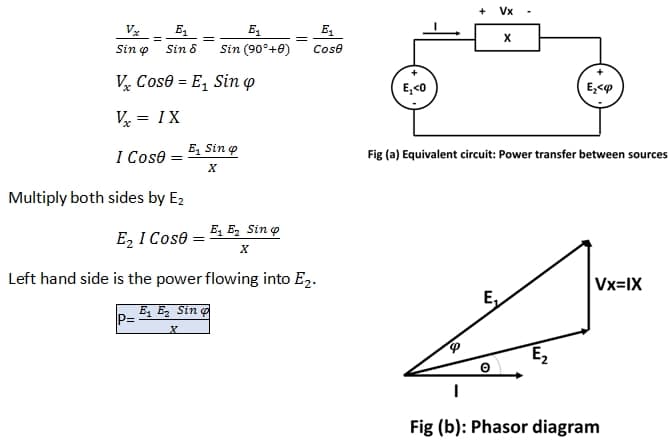
Jehra bole oho kundi khole!
For once this is not a Latin or Greek proverb. Rather it is Punjabi, language of the people living in Punjab, the Land of Five Rivers in Pakistan and India. To help you understand what it means, it is better to tell you the story of which it is a dialog…
A few peasants were sleeping in a barn on a cold winter night. Late in the night, there was a knock on the door. A colleague had come back after doing some late-night chores outside. All woke up, and knew he was shivering outside, but nobody even spoke. All pretended to be fast asleep. Why, because anyone who spoke, would be required to get out of his quilt and go open the door. That is what this phrase means: “Whoever speaks, must go open the door”.
This is an example of a very common behavioral weakness in humans- whether peasants, or electrical engineers like you and me. Whoever starts a job, even of common interest, has to be the prime-mover.
But then, there is not the least need for us to feel guilty about it. “After all we are humans”. But will you believe that even energy itself is not devoid of this behavior. I know you won’t. And I even know your argument.
How can power flow from a lower voltage to a higher voltage without a pumping arrangement? Most of us, who have studied Kirchhoff’s voltage law (KVL) will swear that is not possible. How can a stone roll uphill on its own? Can a raindrop rise up back into the sky? Can a squirrel push an elephant? The logic is very strong, and even most electrical engineers will contribute to this.
Kirchhoff’s voltage law is undeniable, and “power must flow from higher voltage to lower voltage”. Those who have studied just a little of electricity will not believe it. I would myself be reluctant to believe this had I not studied a little further in the field of electrical power.
Electrical power can indeed flow from a very tiny voltage source to a very high voltage source. And this is routinely done when one grid supplies power to another grid according changing conditions of demand and production.
They key is relative phase of the two sources, (or grids). And that implies we are not talking of DC in the first place. Power can be transferred from a tiny AC source to a much larger AC source, under suitable phasing conditions (which are easily created). But what does circuit analysis say about this? Here is one treatment adapted from Wildi.
Suppose E1 and E2 are connected through a reactance X as in Figure (a). The phasor diagram is shown in Fig (b). Referring to Fig (b). E1 leads E2 by <φ.
If φ were negative, that is, E1 was lagging, power flow to E2 would be negative. Instead power would flow from E2 to E1. Notice there is no question about which source has a higher voltage. Just the phase difference φ! The source which leads supplies the power! E1 leads in phase, and hence, supplies power.
Theoretically, a source of 1V will supply power to a source of million volts with just one condition. It must lead the receiver source in phase. Of course, it is implied that the two sources are working at the same frequency.
KVL does not object!
